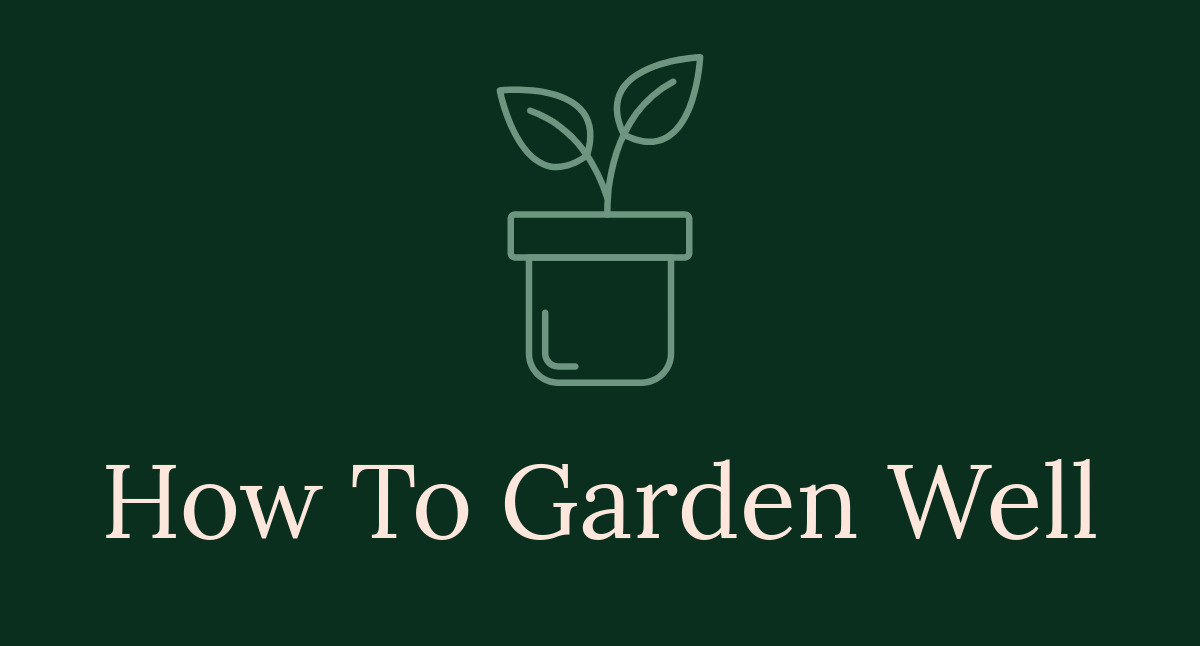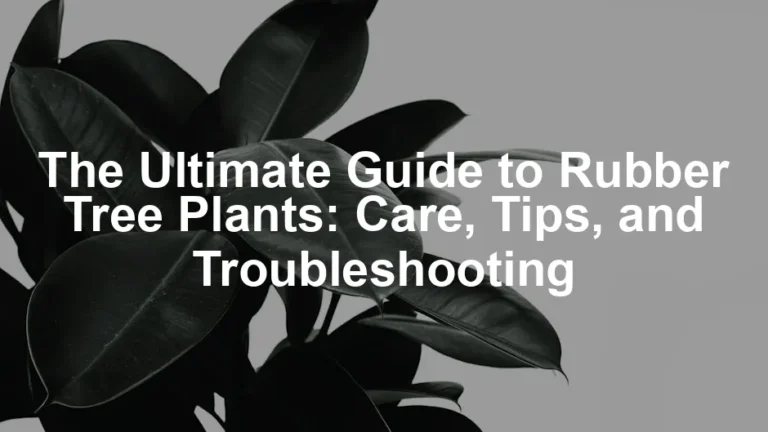
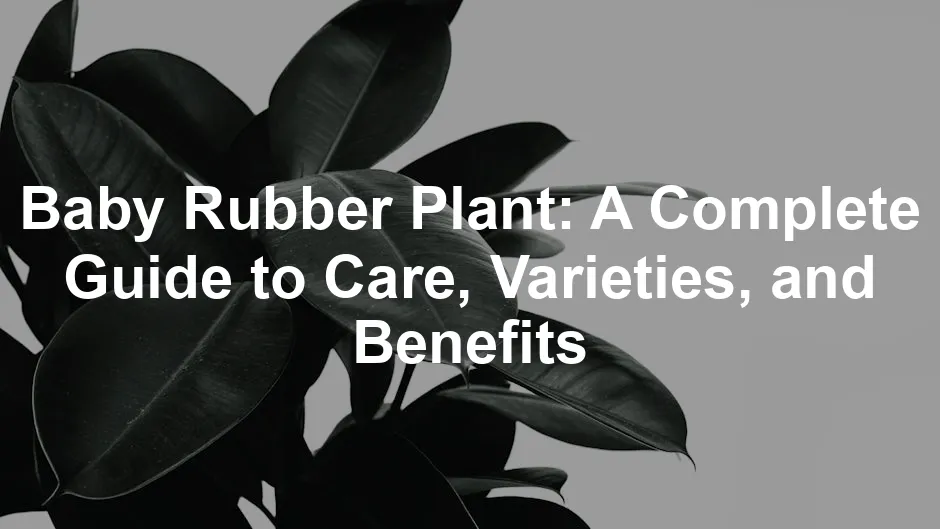
Baby Rubber Plant: A Complete Guide to Care, Varieties, and Benefits
Introduction
Meet the Baby Rubber Plant, scientifically known as Peperomia obtusifolia. This charming houseplant is a favorite among plant lovers. Its glossy leaves and compact shape make it visually appealing. Plus, it’s incredibly easy to care for! Native to South America, this plant thrives indoors, bringing a touch of nature to your home.
Looking to enhance your indoor garden? Consider adding a Baby Rubber Plant to your collection. It’s an easy-going plant that will thrive with minimal effort, making it perfect for both beginners and seasoned plant parents!
Summary and Overview
The Baby Rubber Plant is an evergreen herbaceous shrub that can reach heights of up to 2 feet. Its leaves are thick, glossy, and oval-shaped, often displaying shades of green with possible variations. This plant prefers bright, indirect sunlight but can tolerate low light for extended periods.
In terms of care, it requires well-draining soil and moderate watering. Overwatering can lead to issues like root rot, so ensure the soil dries out between waterings. One of its standout features is its pet-friendly nature, making it a great choice for homes with furry companions.
This plant is gaining popularity in houseplant trends due to its versatility and low maintenance needs. With a medium growth rate, it can be a lovely addition to your indoor garden, matching perfectly with other houseplants. Adding a Baby Rubber Plant not only enhances your space but also improves air quality, making it a win-win for any home!
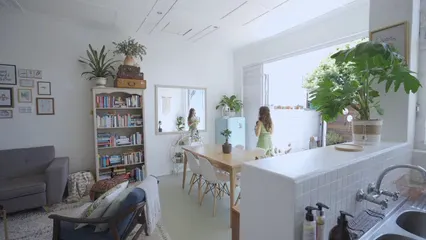
Adding a Baby Rubber Plant to your home can significantly enhance the indoor air quality. Best plants for improving air quality indoors
Care Requirements for Baby Rubber Plant
Light Requirements
Light plays a vital role in the growth of your Baby Rubber Plant. Ideally, it thrives in bright, indirect sunlight. However, it can also adapt to low light conditions for extended periods. If you notice yellowing leaves or leggy growth, your plant may not be getting enough light. Conversely, scorched leaves could indicate too much direct sun exposure.
For optimal placement, consider spots near east or north-facing windows. These areas provide gentle light that encourages healthy growth without overwhelming the plant. If natural light is scarce, using a Grow Light for Indoor Plants can also be beneficial. Remember, finding the right balance is key to keeping your Baby Rubber Plant vibrant and happy.

Using a grow light can significantly help your Baby Rubber Plant thrive in low-light conditions. 150 watt grow light for house plants
Watering Guidelines
Watering your Baby Rubber Plant requires some attention to detail. It prefers soil that is consistently moist but not soggy. Check the top inch of soil; if it feels dry, it’s time to water. Typically, watering every 1-2 weeks is sufficient, but this may vary based on your home’s humidity and temperature.
Overwatering can lead to root rot, so ensure the pot has proper drainage. If you notice yellowing leaves or a mushy stem, these are signs of overwatering. On the other hand, brown leaf tips may indicate underwatering. Keeping a close eye on your plant’s moisture levels will help maintain its health.
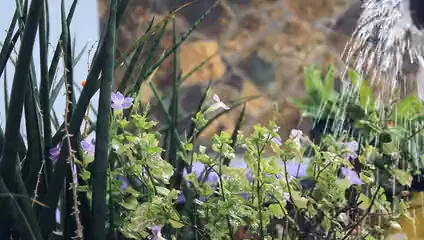
Soil and Fertilization
Choosing the right soil mix is crucial for your Baby Rubber Plant. A well-draining potting mix is ideal, often composed of peat, perlite, and pine bark. This combination allows for good drainage while retaining some moisture. To make this even easier, consider using Organic Potting Soil for your plant. This will ensure your Baby Rubber Plant gets the nutrients it needs without any nasty chemicals!
Fertilization is also important but should be done sparingly. During the growing season, feeding your plant with a balanced Liquid Plant Fertilizer every four to six weeks is recommended. Signs of nutrient deficiency include stunted growth and yellowing leaves. By providing the right soil and occasional nutrients, your Baby Rubber Plant will flourish beautifully.
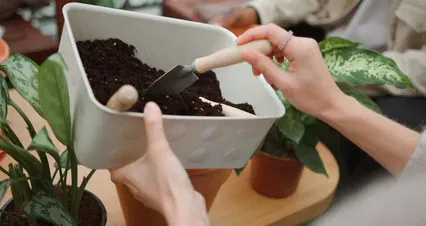
Temperature and Humidity
Creating the right environment for your Baby Rubber Plant is essential. This plant thrives in temperatures ranging from 65°F to 80°F. It can tolerate occasional dips to 60°F, but avoid extremes. If temperatures drop below this range, your plant might struggle.
Humidity is another key factor. Baby Rubber Plants prefer moderate humidity levels, ideally between 40% and 60%. In dry conditions, the leaves may brown at the tips. To maintain humidity, consider misting your plant occasionally or placing it near a Humidifier for Indoor Plants. You can also group plants together to create a more humid microenvironment.
If your home is particularly dry, try placing a tray of water with pebbles beneath the pot. As the water evaporates, it will increase the moisture around the plant. Remember, a suitable temperature and humidity level help your Baby Rubber Plant grow lush and vibrant.

Common Pests and Diseases
Identifying Issues
Keeping an eye on your Baby Rubber Plant for pests and diseases is crucial. Common pests that might invade include mealybugs and spider mites. Mealybugs appear as tiny white cottony spots on leaves, while spider mites can cause fine webbing. Regularly inspecting your plant can help you catch these issues early.
Signs of disease often show up as yellowing leaves or mushy stems, which may indicate root rot from overwatering. If you notice these symptoms, check the soil moisture right away. To prevent problems, ensure your plant isn’t sitting in water.
For pest control, you can wipe leaves with a damp cloth or use Insecticidal Soap Spray. Staying vigilant about potential issues will keep your Baby Rubber Plant healthy and thriving.

Maintenance and Pruning
Regular maintenance and pruning are vital for your Baby Rubber Plant’s health. Pruning helps shape the plant and encourages bushier growth. Use clean, sharp Gardening Scissors to trim away any dead or yellowing leaves. This not only improves appearance but also helps prevent disease.
Maintenance includes checking for pests and ensuring the soil remains moist but not soggy. Regularly dusting the leaves with a damp cloth can enhance photosynthesis and keep the plant looking its best.
Seasonal care is also important. In the growing season, consider fertilizing every month. In winter, reduce watering and fertilizing as the plant enters dormancy. By staying proactive with maintenance, your Baby Rubber Plant will flourish for years to come.
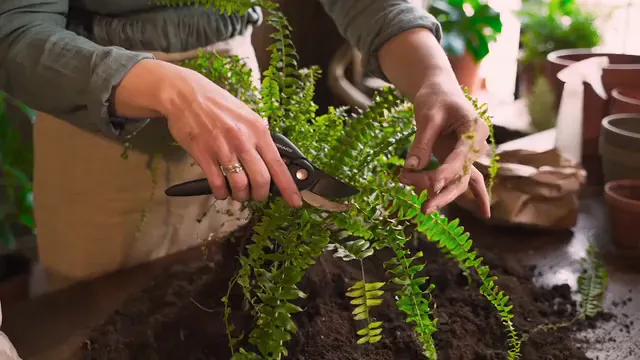
Varieties of Baby Rubber Plant
Popular Cultivars
The Baby Rubber Plant has several popular cultivars, each with unique traits.
- Alba: This variety features creamy white variegation. Young plants display red-tinged stems, which mature into green leaves. It’s perfect for bright spaces.
- Gold Tip: Known for its striking marbled variegation, this plant has gold-tipped leaves. It thrives in similar conditions as the standard Baby Rubber Plant.
- Minima: Compact and dense, Minima has small, vibrant green leaves. Ideal for small spaces, it requires less light than other varieties.
When choosing a cultivar, consider your environment. For bright areas, options like Gold Tip shine. If you have lower light, Minima or Alba could be better suited. Each cultivar adds a distinct charm to your collection.
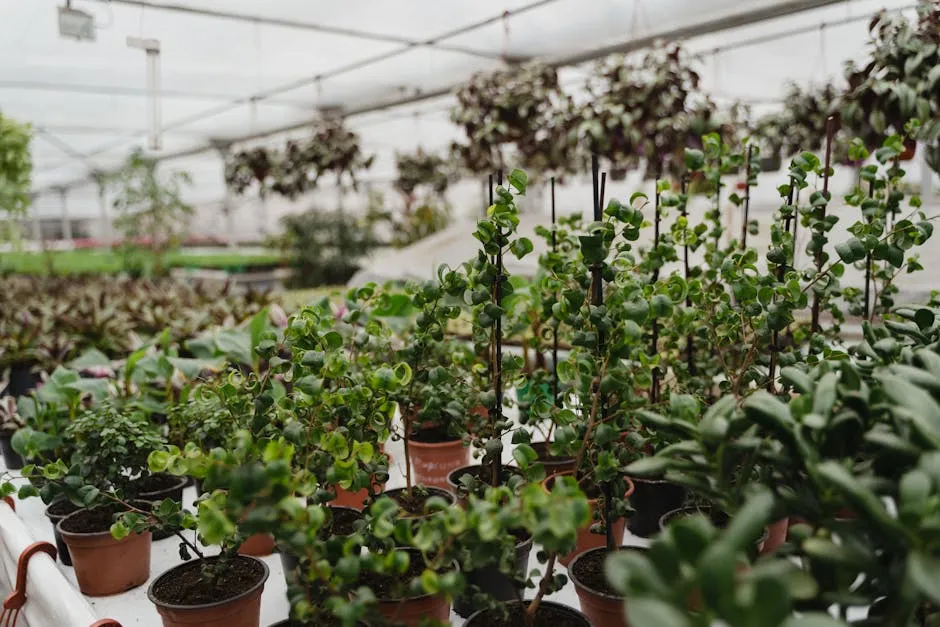
Benefits of Having a Baby Rubber Plant
Health Benefits
Keeping a Baby Rubber Plant in your home offers impressive health benefits. One of its primary qualities is its air-purifying ability. It helps remove toxins and improves overall air quality. Studies show that indoor plants can reduce stress and anxiety, promoting a sense of calm.
Additionally, having greenery around can boost your mood and improve focus. Simply being near plants can enhance your well-being and create a relaxing atmosphere.
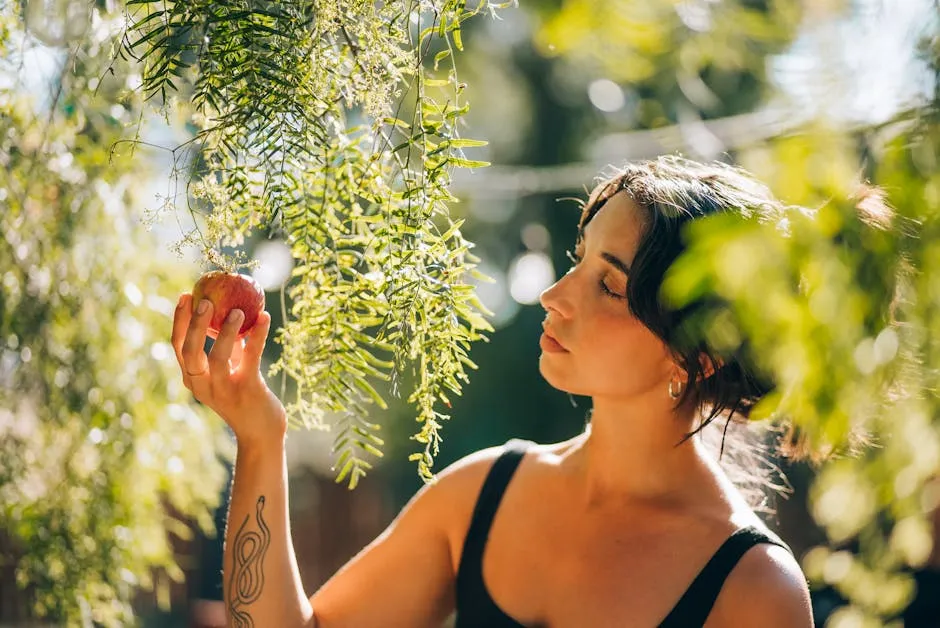
Aesthetic Appeal
The Baby Rubber Plant is not just practical; it’s also visually appealing. Its glossy leaves and compact shape make it a fantastic addition to any room.
This plant fits well in various design styles, from modern to bohemian. You can place it on shelves, desks, or window sills to create a fresh look. For a cozy vibe, group several plants together.
Adding a Baby Rubber Plant can transform your space and bring warmth to your decor. For those looking for stylish options, consider Decorative Plant Pots to showcase your new green friend!
Conclusion
In summary, the Baby Rubber Plant is a fantastic choice for any plant lover. Its ease of care makes it perfect for beginners and seasoned enthusiasts alike. With its glossy leaves, it adds a unique aesthetic to your home, enhancing any decor style. Plus, this plant brings health benefits by improving air quality and boosting your mood.
Consider adding a Baby Rubber Plant to your collection. It’s not just a plant; it’s a lovely companion that thrives with minimal effort. You’ll enjoy its beauty and the positive vibe it brings to your space.
FAQs
What is the best light for a Baby Rubber Plant?
The ideal Baby Rubber Plant light requirements include bright, indirect sunlight. It can tolerate low light but thrives in bright conditions.
How often should I water my Baby Rubber Plant?
For watering Baby Rubber Plant, check the top inch of soil. Water when it feels dry, usually every 1-2 weeks.
Can Baby Rubber Plants be toxic to pets?
No, the Baby Rubber Plant is pet-friendly. It’s non-toxic to dogs, cats, and other pets, making it a safe choice for your home.
What is the ideal temperature for Baby Rubber Plants?
The temperature for Baby Rubber Plant care should range from 65°F to 80°F. Avoid exposing it to temperatures below 60°F.
How do I propagate a Baby Rubber Plant?
For propagation of Baby Rubber Plant, use leaf or stem cuttings. Ensure they have a few nodes, then place them in moist soil to root.
Please let us know what you think about our content by leaving a comment down below!
Thank you for reading till here 🙂
All images from Pexels
